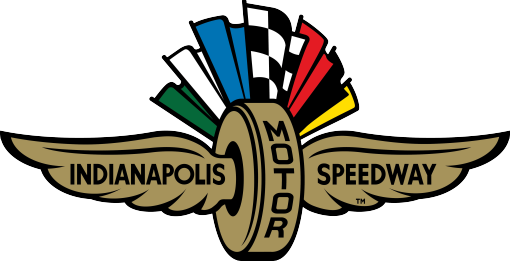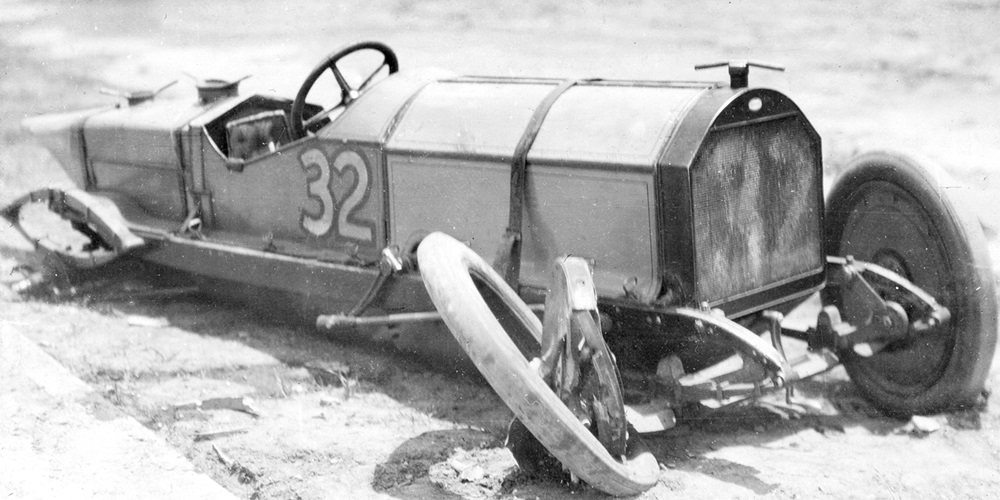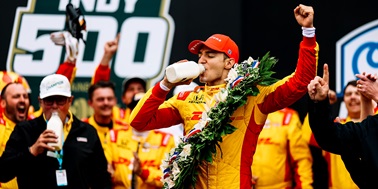Imagine the Marmon Wasp, one of the classic mechanical icons of auto racing, lying crumpled, badly battered at the inside edge of the Indianapolis Motor Speedway’s northeast turn after a devastating crash into the concrete retaining wall. With its right rear wheel torn off, front suspension mangled and engine cylinders cracked, the winning car of the first Indianapolis 500 was a forlorn sight as driver Ray Harroun circled his racer, assessing the damage. Harroun was lucky to be alive.
Ironically enough, the accident occurred just one year to the day prior to the Marmon Wasp’s brightest moment in the sun, its historic victory in the inaugural Indianapolis 500. Harroun was practicing at the brick-paved Speedway the morning of May 30, 1910 in preparation for a 5-mile national championship race that was one of over 25 contests conducted during a three-day race meet May 27, 28 and 30.
Harroun’s car, which some referred to as the “Wasp” and others the “Yellow Jacket,” was almost certainly the same machine he would drive to victory in 1911. Photographic evidence demonstrates only a few differences in the car in 1910 compared with 1911. There is no tail fin in 1910, and the world-famous rear-view mirror on the single-seat machine has yet to make an appearance, but otherwise the Marmon number 32 looks pretty much the same. The engine, a six-cylinder power plant with a bore of 4.5 inches and a stroke of 5, for a total displacement of 477 cubic inches is a direct match. According to IMS Historian Donald Davidson, there is every reason to believe it was the same car.
Harroun was reportedly running at a speed of close to 100 mph entering Turn 3 – no mean feat in 1910 – when a tire let go. The Wasp slammed the concrete retaining wall with such impact as to punch a 4-foot hole in the barrier before lunging upward to slide along the top of the wall. The stricken machine, with only three wheels intact, crashed back down on the brick surface to spin to the bottom of the embankment and come to rest in the infield. It looked so bad the Indianapolis Star described it as a “total wreck.”
“I was coming around the north turn as fast as I could turn a wheel, probably a hundred miles per hour,” Harroun said. “Suddenly, the tire on the right front wheel flattened, the car swerved and at the same instant the steering apparatus snapped. Then began my first experience as the pilot of an airship … like a flash, the car mounted the wall and slid along it for a distance of more than a hundred feet.
“Then I felt the car begin to spin and I was back on the track, still retaining my seat and whirling around like a boy going down a hill on a sled. When the car stopped at the bottom of the incline I discovered that the front axle had been sheared off, and the wheel was lying on the north side of the wall. The engine is a complete wreck from the crash into the wall. How I escaped death is a question I won’t even try to answer.”
The Marmon Wasp was hauled back to Nordyke and Marmon’s Indianapolis factory where, according to newspaper reports, it was completely repaired by June 11, 1910. Harroun had asked that the car be repaired and according to newspaper reports asserted that the Marmon Wasp was “not only a winner but blessed with good luck.” Prophetic words from a man with a car that had a date with destiny.




